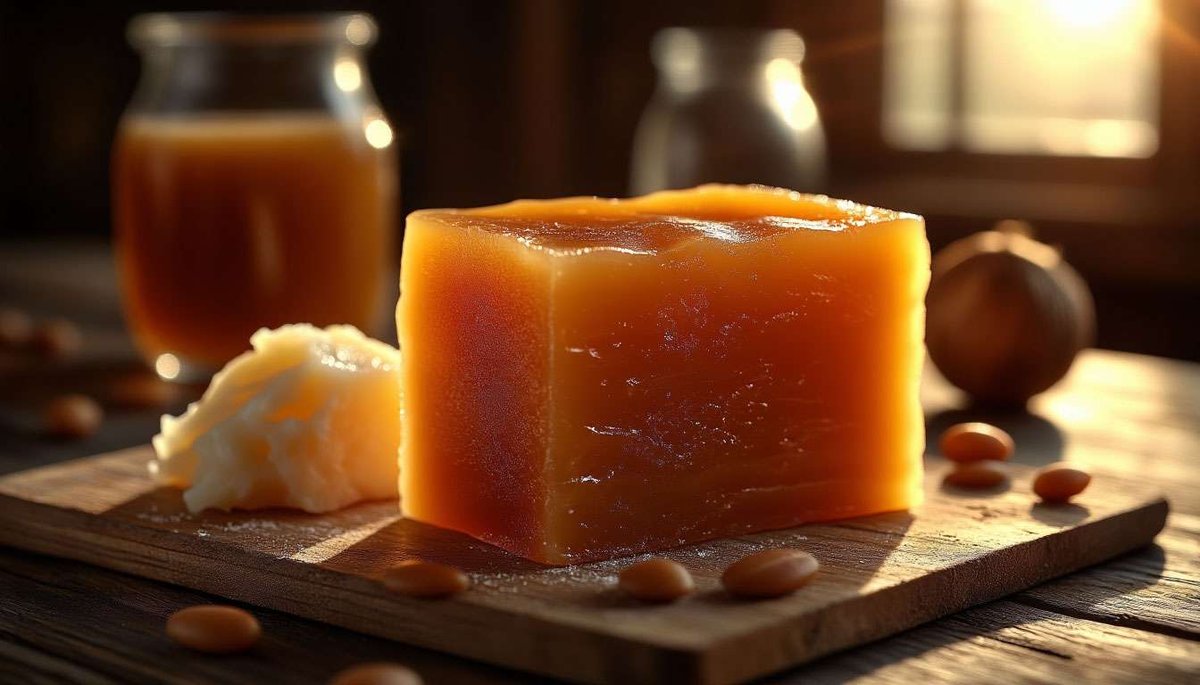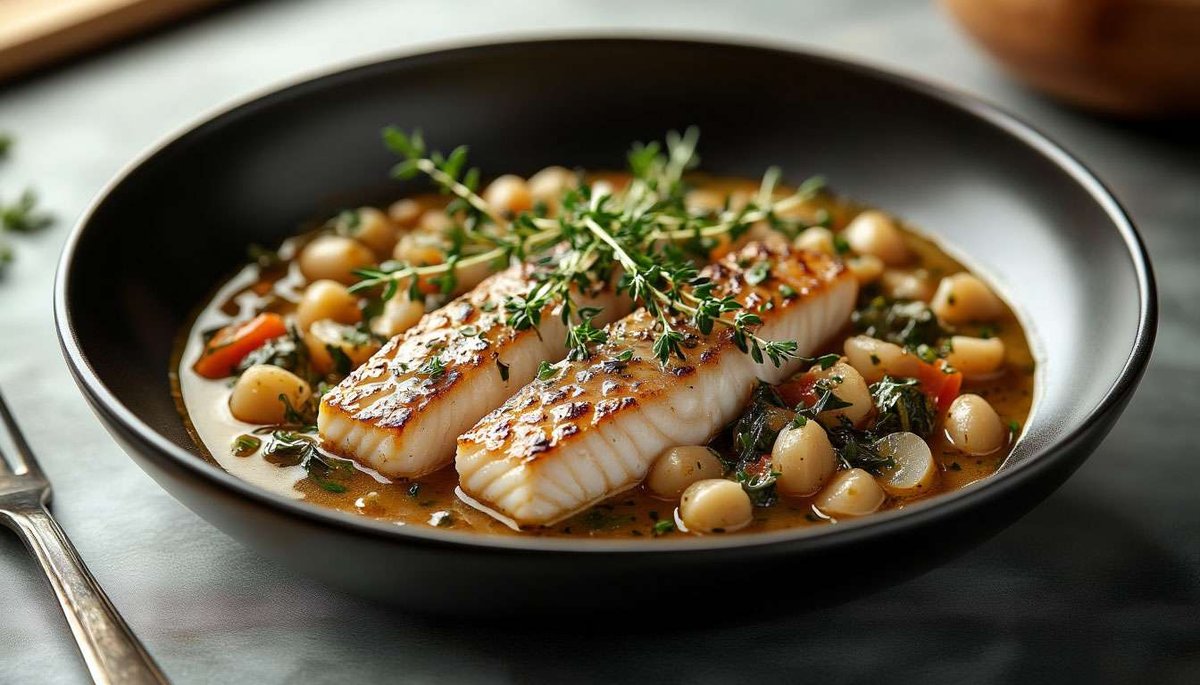7 tastes of Norway: iconic dishes and products you can't miss
If you ask a Norwegian what flavours they cannot imagine their native cuisine without, you will hear a list of just a few dishes and ingredients — but each one holds a whole layer of history, climate and character of the people. From caramelised goat's cheese to fermented trout, from winter cod to lamb simmered for hours with cabbage, these foods have become more than just food, they are symbols of northern identity. We explore why they are so dear to the locals and why tourists should definitely try them.
What dishes do Norwegians consider to be the "hallmark" of their cuisine?
The national top ten most often includes forikol, lutefisk, smoked salmon, brown brunost cheese, skrei, rakkfisk and freshly baked waffles. This selection reflects the main pillars of the diet: the sea, mountain pastures and a heritage of canning. Forikol symbolises autumn family dinners; lutefisk is a Christmas tradition; brunost is the art of making sweet milk; rakkfisk and skrei highlight the skill of fishermen; and waffles show a love of cosiness and coffee breaks. By trying these seven dishes, travellers get a taste of the country's entire gastronomic culture.
Why is foricoll officially recognised as a national dish?
In 1972, the Dagbladet newspaper held a vote in which readers chose lamb stewed with cabbage and black pepper as Norway's national dish. Since then, the last Thursday of September has been celebrated as Forikol Day. Its popularity is understandable: the ingredients are available in any village, it is easy to prepare, and the long simmering process makes the meat tender and aromatic. Forikol symbolises home comfort, collective anticipation of autumn and respect for sheep farming, which is important for the economy of the fjords. A tourist invited to a dinner with forikol is almost a member of the family.
What makes brown brunost cheese a gastronomic symbol of the country?
Brunost is a by-product of cheese making: whey is boiled down to caramel, with cream or goat's milk added. The cheese is sweet, with notes of toffee and a slight sourness. It is valued for its long shelf life and high calorie content, which helped farmers in winter. Today, brunost is spread on waffles, put in matpakke (lunch boxes) and served to foreigners as "shock cheese". Its symbolism is reinforced by its geography: the best brunost is made in the mountain valleys of Gudbrandsdalen, the heart of national romanticism. Try a thin slice on crispy bread and you will taste the sweetness of the northern harshness.

How did lutefisk go from being a monastic fast food to a Christmas symbol?
Lutefisk is dried cod soaked in lye, which gives it a jelly-like texture. In the Middle Ages, the dish helped people observe strict fasts by allowing them to eat "fish" instead of meat. Over time, the ritual moved into home kitchens and became associated with Advent. Today, families gather to prepare the fish for two or three days and then serve it with potatoes, bacon, peas and white sauce. Lutefisk is criticised for its extreme taste, but for Norwegians it is the taste of Christmas, uniting generations and reminding them of their ancestors' endurance.
How are skrei and stockfish important to Norwegian identity?
Every winter, Arctic cod migrates to Lofoten, where it has been fished for centuries. The meat is tender, rich in protein and omega-3, which is why skrei is called "winter gold." Dried stockfish, hung in the wind, was Norway's main export during the Hanseatic League era and fed Europe during Lent. Cod revenues built churches, financed schools and shaped the culture of coastal communities. Trying fresh saithe with roasted root vegetables is like touching the economic foundation of the nation.
What are the key ingredients that form the basis of Norwegian cuisine?
The trinity of fish, lamb and potatoes is at the heart of almost all classic recipes. To this are added dairy products (cream, butter, whey), wild berries — especially cloudberries and blueberries — as well as root vegetables and cabbage. Local chefs say, "If a product can grow on rocks and in a barn, it's ours." It is precisely this modesty of ingredients that has led Norwegians to develop techniques for salting, drying and fermenting, transforming simple ingredients into complex flavours. This minimalism, dictated by nature, is the hallmark of northern gastronomy.

The seven key flavours of Norway are a mini encyclopaedia of the country: they echo the salty spray of the fjords, the cool wind of the tundra and the scent of heather-covered slopes. Try foricoll in a country house, melt a thin slice of brunost on a warm waffle, or dare to try lutefisk by the crackling fireplace, and you will discover Norway more deeply than through its most spectacular landscapes. These dishes were not invented for tourists: they were born of nature and history, and therefore remain immune to fashion. Plan a gastronomic route through the regions, visit fishing harbours and farmers' markets, and you will discover that Norway's true strength lies in its modest but surprisingly expressive flavours that cannot be confused with anything else.





2 comments
Log in to leave a comment